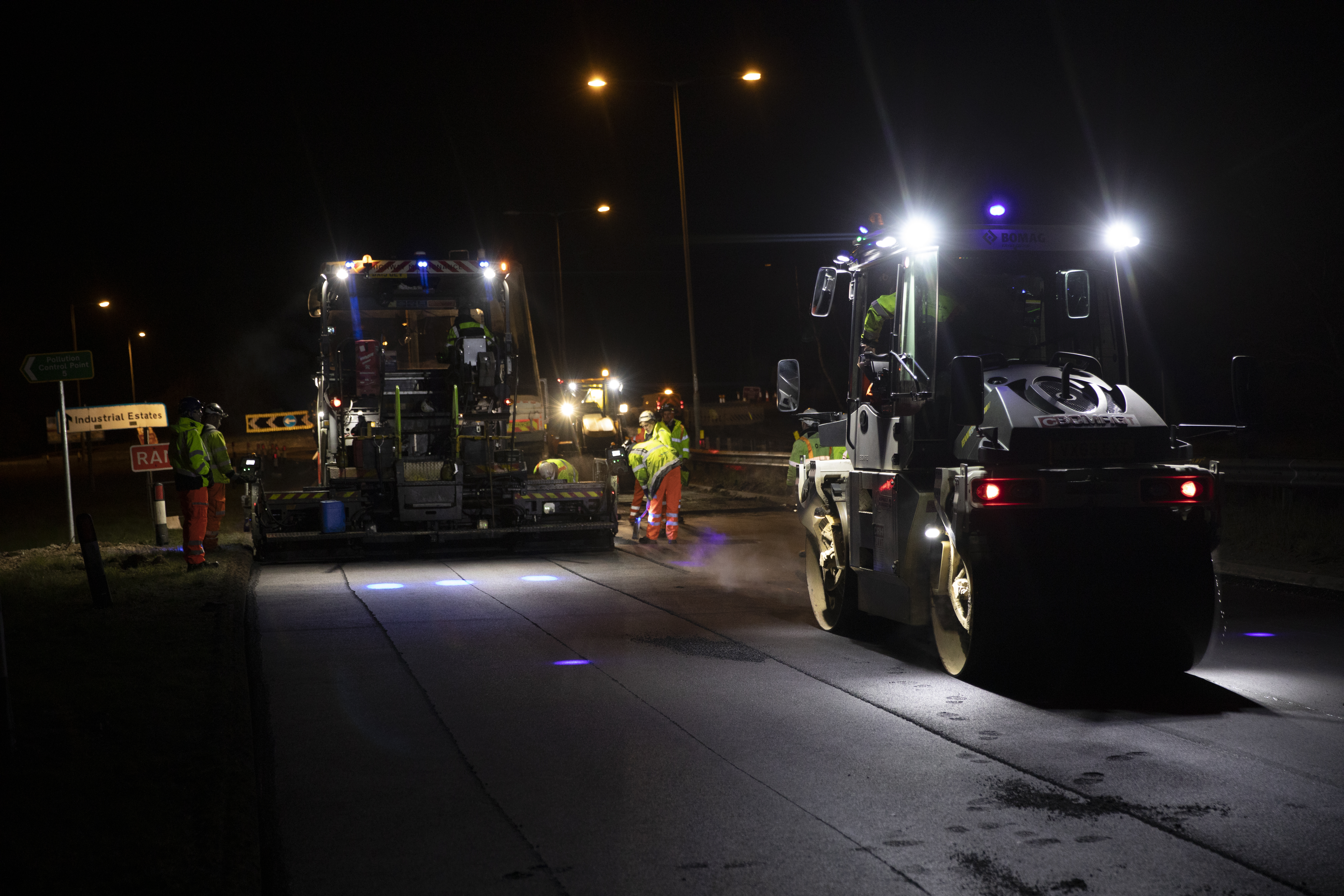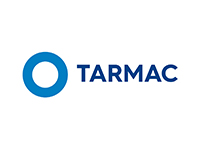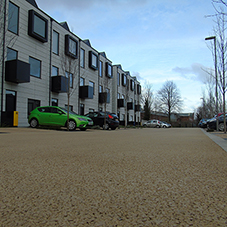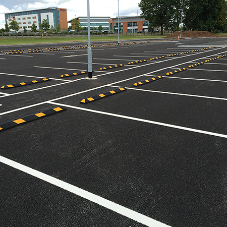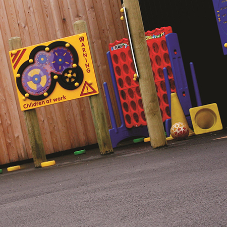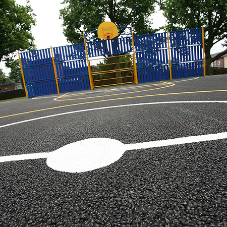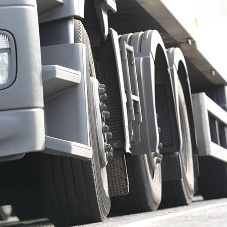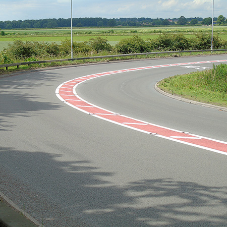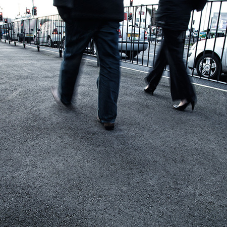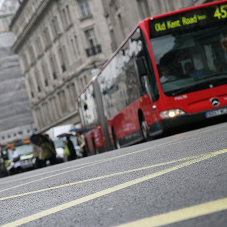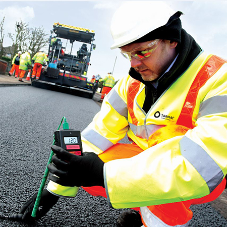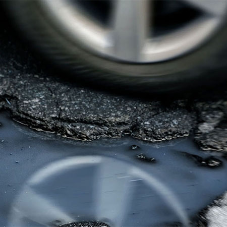The challenge
This eight kilometre, two-way section of the A11 near Thetford was suffering from reflective cracking in the surface course and was identified as being in urgent need of repair. Deterioration and movement in the lean concrete base and high volumes of traffic using this important strategic route, had led to persistent cracking in the asphalt overlay. This risked creating a costly and disruptive long-term cycle of failure and repair, causing repeated disruption for road users and draining road maintenance budgets. Tarmac was tasked with finding a long-term solution to break this cycle and deliver a sustainable and lasting surfacing solution on this vital part of the regional road network. Working in partnership with National Highways and project consultants Atkins a detailed whole-life cost analysis was carried out comparing alternative approaches.
The solution
ULTILAYER SAMI was chosen as the solution, a high-performance stress absorbing membrane interlayer proven to significantly reduce cracking in concrete overlays. As a finely graded asphalt containing a heavily polymer modified bitumen binder, it is laid directly on to the concrete base and provides a flexible buffer to accommodate movement and prevent cracks appearing in the asphalt layers above. It is laid with a conventional paving machine making it easy to accommodate within resurfacing programmes, compared to products like geogrid that require specialist installation teams.
It can also be recycled at the end of its life, unlike standard geogrid material. ULTILAYER SAMI has a strong base of supporting evidence having been tested extensively by the University of Nottingham’s Transport Engineering Centre (NTEC) where it demonstrated exceptional fatigue resistance. It also has been successfully used on the UK road network since 2008.
Carbon conscious programme delivery
The scheme was also delivered in a uniquely carbon conscious and sustainable way, with carbon emissions systematically calculated throughout the project delivery. A number of materials and contracting decisions were made to reduce carbon emissions. This included using a warm mix asphalt binder and surface course in place of conventional hot mix asphalt and increased reclaimed asphalt planings (RAP) content. This helped to offset any additional carbon emissions from the SAMI layer and still deliver a 14% reduction in CO2 emissions on materials.
Further reductions in CO2 emissions were achieved by ‘back-hauling’ road planing’s for recycling at Tarmac’s plants, using empty asphalt trucks. This delivered a 46% reduction in transport emissions.
Tarmac Contracting’s project team made a commitment to recycling 100 per cent of the planing’s from the old surface. Using a contraflow system for traffic management, rather than the planned diversion, also saved further emissions.
The existing asphalt overlay was planed out and ULTILAYER SAMI was installed with a paving machine. This was then overlaid with 20mm warm mix asphalt, polymer modified binder course and 10mm ULTIPAVE M warm mix, polymer modified Clause 942 surface course. When combined with the SAMI, this would provide excellent long-term durability and crack resistance. In total, the Tarmac Contracting team laid 80,000 tonnes of material including 7,000 tonnes of ULTILAYER SAMI.
Reduction in whole life costs
Based on the whole life cost analysis, using ULTILAYER SAMI will significantly extend the life of the pavement and require around half the number of additional interventions for crack sealing, patched repairs and resurfacing over the next 22 years compared to using the asphalt overlay and geogrid that was originally specified (40mm TSCS + 60-80mm AC 20 HDM Bin + Geosynthetic).
This will mean a reduction in whole life costs and considerably less disruption for road users. The SAMI based pavement could also be fully recycled at the end of its life, unlike one that used a geogrid material.
Results and benefits
In all using this innovative pavement design and sustainable approach to the delivery of the scheme, generated a total project saving of 1154 tonnes of CO2 emissions, a 20% reduction compared to the original plan, the equivalent of taking 250 cars off our roads*.
It also delivered a surfacing solution that, based on the evidence, can be expected to deliver a far longer service life for improved return on investment and less disruption to road users. The client was delighted with the outcome: “The A11 is a vital route providing thousands of drivers with a reliable route for work journeys and home deliveries, visits to friends and family, holidays and the movement of the goods and services. By using a product that is longer lasting and fully recyclable we’re able to extend the life of the road, reduce the amount of time undertaking maintenance and repairs, which minimises disruption to drivers, businesses and the local community.” Martin Fellows, Regional Director, National Highways.
Tarmac Asphalt extend the life of Asphalt overlays on Norfolk A-Road
Products by this Company


